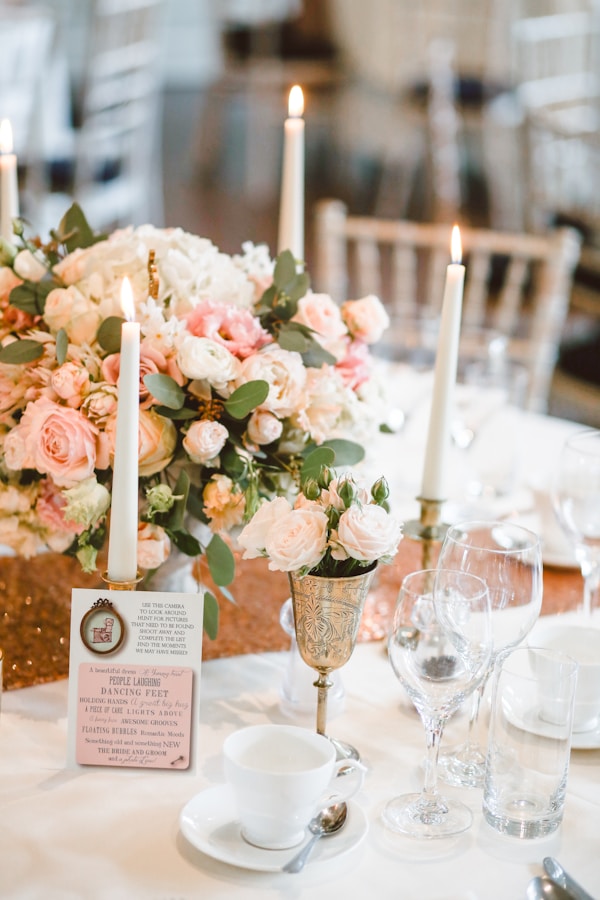What Are the Best Practices for Designing a Wedding Dress with a Pleated Skirt?
Designing a wedding dress is an exciting journey that combines creativity, style, and functionality. Among the various styles available, pleated skirts have gained immense popularity due to their timeless elegance and flattering silhouette. In this article, we will explore the best practices for designing a wedding dress with a pleated skirt, ensure a perfect fit, and make the most of this sophisticated design element.
Understanding Pleated Skirts
A pleated skirt adds a unique texture and movement to a wedding dress, which can enhance the bridal look. Before diving into design practices, it’s important to understand the characteristics of pleats.
| Types of Pleats | Description |
| Knife Pleats | These pleats are all folded in one direction, creating a sleek and streamlined appearance. |
| Box Pleats | This style alternates the direction of the pleats, giving a fuller look with added volume. |
| Sun Pleats | These are wider, softer pleats that can create a more relaxed and flowy silhouette. |
When designing a wedding dress with a pleated skirt, it’s essential to select the type of pleat that best suits the overall theme and silhouette of the dress. Now let’s look into the best practices for designing such an elegant piece.
1. Choose the Right Fabric
The choice of fabric is crucial in achieving the beautiful drape and structure of the pleated skirt. Consider these options:
- Satin: Offers a luxurious shine and smooth finish, perfect for elegant weddings.
- Tulle: Provides a lightweight, airy feel, ideal for a soft, romantic look.
- Crepes: Offers a comfortable stretch and fluidity for a modern aesthetic.
Keep in mind that heavier fabrics like silk fail to hold structure in the pleats and may lose their shape over time. On the other hand, too light fabrics might not retain the pleats effectively.
2. Perfecting the Fit
A pleated skirt can add volume; therefore, ensuring the right fit is vital. Consider the following:
- Measurements: Get accurate body measurements to guarantee a perfect fit. Pay close attention to the waist, hips, and length for the ideal pleat placement.
- Bridal Shape: Consider the bride's body shape. For instance, A-line dresses with pleated skirts soften curvier figures, while sheath styles work well for slimmer silhouettes.
- Mock-ups: Create mock-ups using muslin or another inexpensive fabric to test pleat placements and adjustments before cutting into the final fabric.
3. Designing for Movement
One of the most appealing aspects of a pleated skirt is its ability to create beautiful movement as the bride walks down the aisle. To enhance this effect:
- Pleat Depth: Deeper pleats can create a more dramatic look and add volume, while shallower pleats produce a more subtle effect.
- Placement: High-waist pleats can elongate the legs, while lower pleats can add length to the overall dress.
4. Consider the Weight and Construction
The construction method of the pleats plays a significant role in the overall appearance. Here are some things to keep in mind:
- Stitching Techniques: Choose the right stitching techniques, such as basting or top-stitching, to ensure pleats remain in place without puckering.
- Interfacing: Consider using interfacing to provide additional support to the fabric, especially along the waistline.
5. Customizing the Design
Personalization is key to making the bridal gown unique. Here are some elements to customize:
- Length: Decide whether you want a full-length skirt, tea-length, or a shorter design. Each length can influence the overall look of the gown.
- Embellishments: Add delicate touches like beadwork, lace appliqué, or embroidery to enhance the beauty of the pleats.
- Color: While white and ivory are traditional choices, consider alternative shades to match the wedding theme.

6. Accessorizing the Wedding Dress
The right accessories can elevate the overall look of a wedding dress with a pleated skirt:
- Belts and Sashes: A chic belt can define the waist and enhance silhouette while offering an additional design element.
- Jewelry: Opt for delicate jewelry that complements the gown without overwhelming the pleats.
- Veils: Choose a veil that harmonizes with the style of the pleated skirt, whether simple or elaborate.
Common Questions About Wedding Dress Design with Pleats
As you embark on this creative journey, you may have questions. Here are some frequently asked queries regarding wedding dress design:
- Can pleated skirts be flattering for all body types? Yes, when designed and fitted correctly, pleated skirts can flatter various body types.
- What are popular color choices for pleated Wedding dresses? Besides traditional white and ivory, blush, pastel shades, and even bold colors can be beautiful options.
- How can I care for a pleated wedding dress? Always follow the care instructions of the fabric. For pleats, steam carefully to preserve their shape and avoid washing unless necessary.
Conclusion
Designing a wedding dress with a pleated skirt can be an enjoyable experience that brings creativity and elegance to one of the most important days of a bride's life. By following the best practices outlined in this article, you can create a gown that not only looks stunning but also feels comfortable to wear. Remember to pay attention to the fabric, fit, construction, and personalization, making sure it reflects the bride’s unique style.
As you embark on this design journey, keep experimenting, stay inspired, and don’t hesitate to seek advice from experienced designers. Finally, always remember to enjoy the process and celebrate this significant moment with creativity and love.